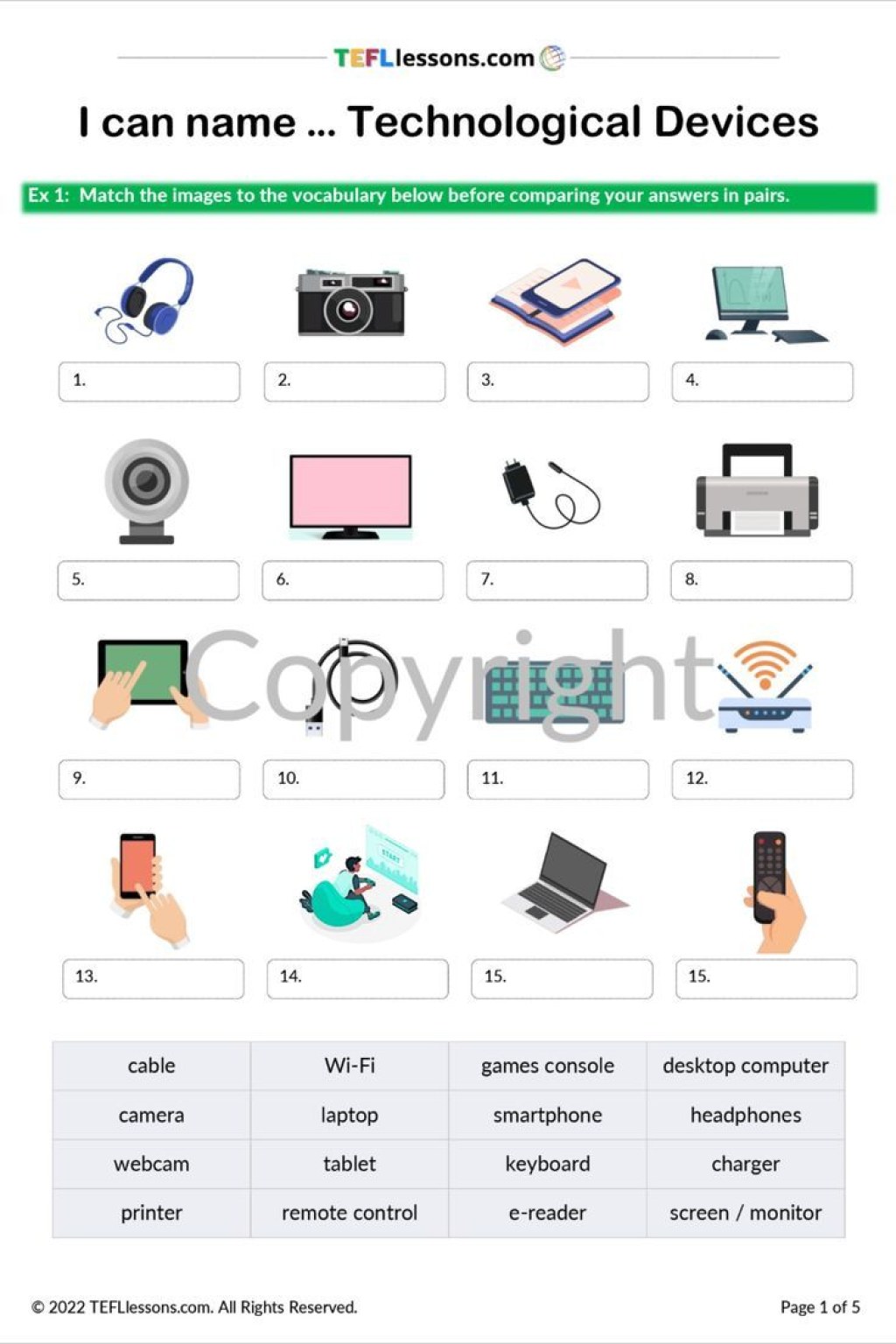Transform Your Skills With Engaging Technology Applications Lessons
Technology Applications Lessons
Introduction
Hello Readers,
1 Picture Gallery: Transform Your Skills With Engaging Technology Applications Lessons

Welcome to this informative article on technology applications lessons. In today’s rapidly advancing world, technology has become an integral part of our lives. From smartphones to smart homes, the applications of technology are endless. In this article, we will explore the various lessons that can be learned from technology applications and how they can benefit us. So, let’s dive in and discover the exciting world of technology!
What are Technology Applications?

Image Source: pinimg.com
Technology applications refer to the practical use of technological knowledge and tools to solve real-world problems or enhance existing processes. They can range from simple mobile apps to complex software systems used in industries such as healthcare, finance, and education. These applications are designed to improve efficiency, productivity, and overall user experience. With the ever-growing advancements in technology, the possibilities for its applications are limitless.
Lesson 1: Innovation
One of the key lessons we can learn from technology applications is the importance of innovation. Technology constantly evolves, and successful applications are a result of continuous innovation. Companies that embrace innovation and adapt to changing trends are more likely to succeed in today’s competitive market. By staying updated with the latest technological advancements, businesses can stay ahead of their competitors and provide better solutions to their customers.
Lesson 2: User-Centric Design
Another valuable lesson from technology applications is the significance of user-centric design. Successful applications prioritize user experience and aim to provide seamless and intuitive interfaces. By understanding the needs and preferences of the end-users, developers can create applications that are easy to use and navigate. User-centric design not only enhances the overall user experience but also increases user satisfaction and loyalty.
Lesson 3: Efficiency and Productivity
Technology applications teach us the importance of efficiency and productivity. By automating repetitive tasks and streamlining processes, technology can significantly increase efficiency in various domains. Whether it’s in manufacturing, logistics, or customer service, technology applications help businesses save time, reduce errors, and optimize resource allocation. Implementing such applications can lead to improved productivity and cost savings in the long run.
Lesson 4: Collaboration and Connectivity
In today’s interconnected world, technology applications enable seamless collaboration and connectivity. From cloud-based file sharing platforms to video conferencing tools, technology has made communication and collaboration easier than ever before. These applications allow teams to work together regardless of their physical locations, promoting efficiency and teamwork. By embracing technology, businesses can foster a culture of collaboration and enhance productivity.
Lesson 5: Data-Driven Decision Making
Technology applications provide valuable insights through data collection and analysis. From website analytics to customer behavior tracking, technology enables businesses to make informed decisions based on data. By leveraging this data, organizations can identify trends, predict future outcomes, and optimize their strategies. Data-driven decision making not only improves business outcomes but also enhances customer satisfaction by delivering personalized experiences.
Lesson 6: Security and Privacy
With the increasing use of technology applications, the importance of security and privacy cannot be overlooked. Cybersecurity threats are on the rise, and businesses need to prioritize the protection of sensitive data. Technology applications teach us the importance of implementing robust security measures, such as encryption and multi-factor authentication, to safeguard information. By ensuring the security and privacy of user data, businesses can build trust with their customers and maintain a competitive edge.
Advantages and Disadvantages of Technology Applications
Advantages
1. Increased efficiency and productivity: Technology applications automate tasks and streamline processes, leading to improved efficiency and productivity.
2. Enhanced communication and collaboration: Technology applications enable seamless communication and collaboration, regardless of geographical boundaries.
3. Data-driven decision making: Technology applications provide valuable insights through data analysis, enabling informed decision making.
4. Improved customer experiences: Technology applications deliver personalized experiences, enhancing customer satisfaction and loyalty.
5. Competitive advantage: By embracing technology applications, businesses can stay ahead of competitors and gain a competitive edge.
Disadvantages
1. Dependence on technology: Over-reliance on technology applications can lead to vulnerabilities and disruptions in case of system failures.
2. Security risks: Technology applications can be prone to cybersecurity threats, requiring robust security measures to protect sensitive data.
3. Initial investment and maintenance costs: Implementing and maintaining technology applications can be costly for businesses, especially small enterprises.
4. Learning curve: Adopting new technology applications may require training and upskilling employees, leading to a learning curve.
5. Privacy concerns: The use of technology applications raises concerns about the privacy of user data and its potential misuse.
Frequently Asked Questions (FAQs)
1. What are some popular technology applications?
Some popular technology applications include social media platforms, mobile banking apps, e-commerce websites, and productivity tools like project management software.
2. How can technology applications benefit businesses?
Technology applications can benefit businesses by improving efficiency, enhancing communication and collaboration, enabling data-driven decision making, and providing a competitive advantage.
3. Are there any risks associated with technology applications?
Yes, there are risks associated with technology applications, such as system vulnerabilities, cybersecurity threats, initial investment costs, and privacy concerns. However, these risks can be mitigated with proper security measures and risk management strategies.
4. Can technology applications replace human jobs?
While technology applications automate certain tasks, they cannot completely replace human jobs. Instead, they can augment human capabilities and free up time for employees to focus on more strategic and creative tasks.
5. How can businesses ensure the security of user data in technology applications?
Businesses can ensure the security of user data by implementing robust security measures such as encryption, regular software updates, multi-factor authentication, and employee training on cybersecurity best practices.
Conclusion
In conclusion, technology applications offer valuable lessons in innovation, user-centric design, efficiency, collaboration, data-driven decision making, and security. By embracing these lessons, businesses can stay competitive, enhance productivity, and provide better experiences for their customers. However, it is crucial to be aware of the advantages and disadvantages of technology applications and address any associated risks. As technology continues to evolve, embracing its applications and harnessing its benefits will be essential for success in the digital age.
Final Remarks
As we conclude this article, it is important to note that technology applications are constantly evolving, and new lessons can be learned with each advancement. While technology offers numerous benefits, it is essential to use it responsibly and ethically. Additionally, the opinions and experiences shared in this article are based on general observations and may vary in specific contexts. We encourage readers to further explore the topic and consult relevant experts for specific advice. Thank you for joining us on this journey of discovering technology applications lessons!
This post topic: Technology Tutorials


